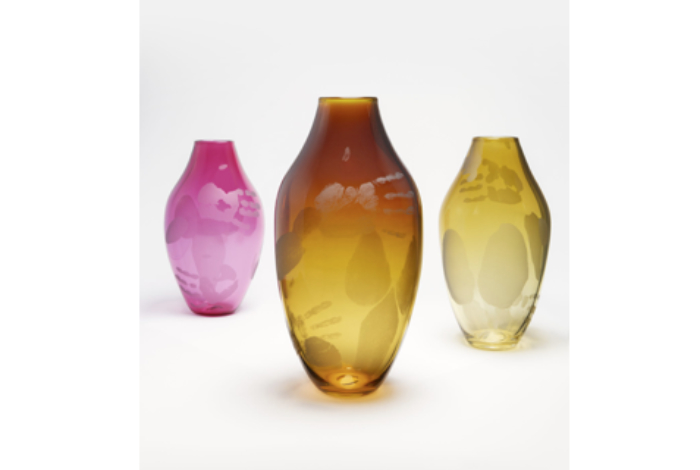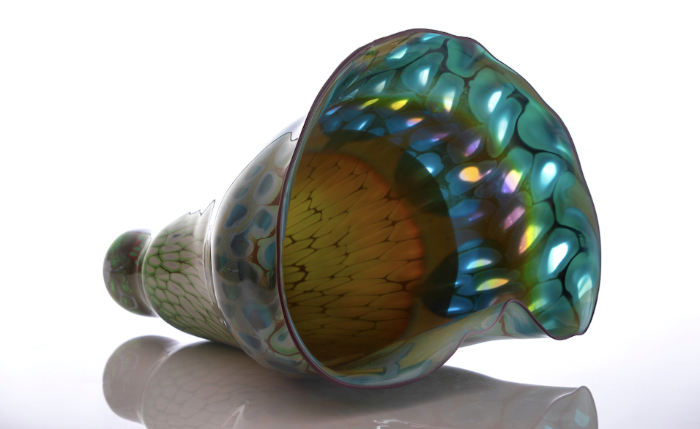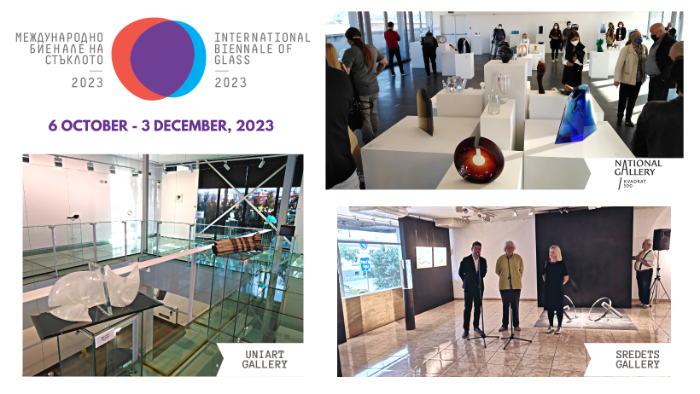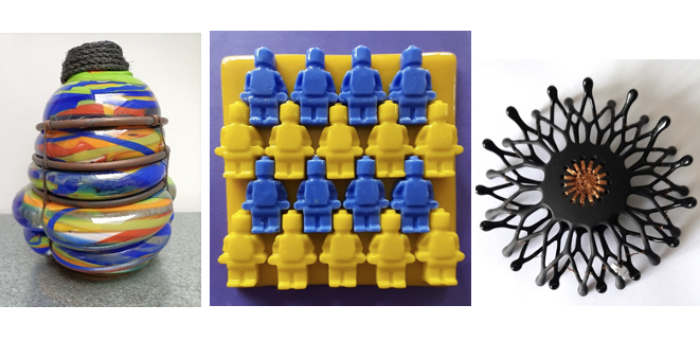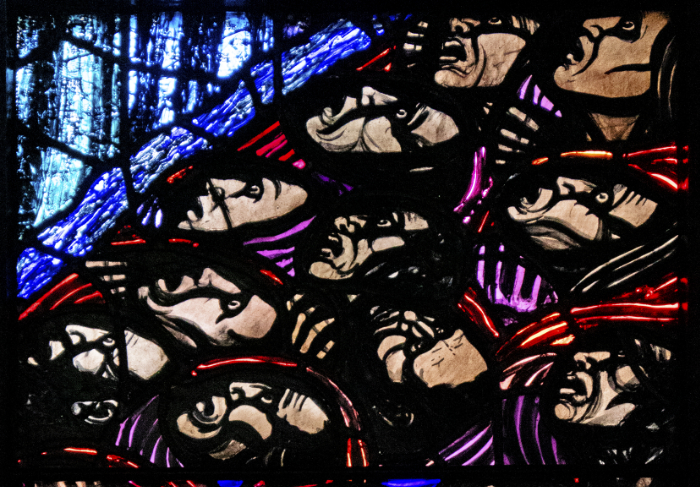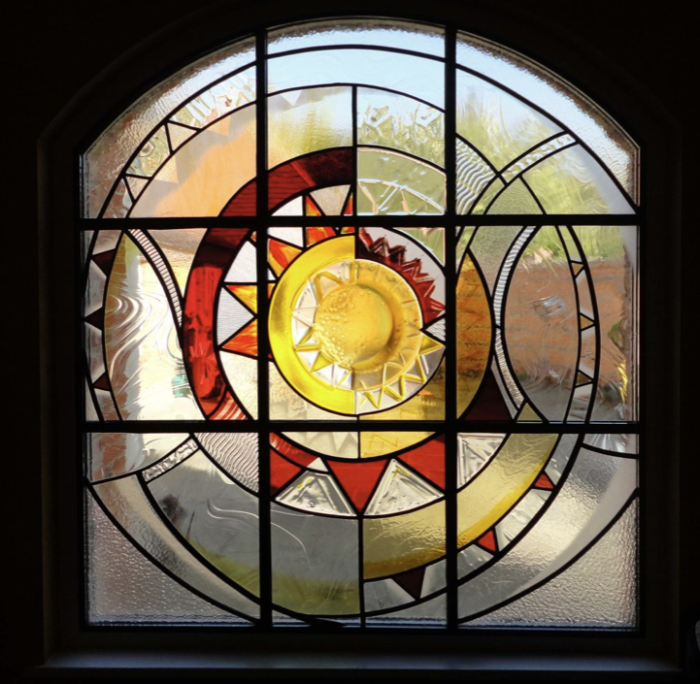Sofia in Bulgaria hosts the country’s fourth International Biennale of Glass (IBG) between 6 October and 3 December 2023.
The event presents a mix of exhibitions in three different venues in Sophia, alongside a rich programme of expert glass artist showcases and lectures. Its aim is to provide a global platform for artists from around the world.
The judging panel for this year’s biennale selected the work of 222 established and emerging artists from 562 applications, who submitted glass art on the theme ‘Together’. The successful applicants hail from 48 countries across five continents.
The works will be displayed in the National Gallery Kvadrat 500, the Sredets Gallery of the Ministry of Culture and the UniArt Gallery of New Bulgarian University.
Since the biennale’s launch in 2017, some participants have donated their works to the IBG. These are then featured in exhibitions held between the biennial editions. This expanding collection has prompted the art director of the biennale, associate professor Konstantin Valchev and its executive director Lyubomira Valcheva-Nundloll PhD to organise a permanent exhibition in Tryavna, Bulgaria. This initiative, set to launch imminently, will grant year-round accessibility to the captivating world of glass art, aligning with the project’s primary mission of popularising this art form in Bulgaria.
Once again, the National Gallery Kvadrat 500 will host the main IBG exhibition. Its expansive space and abundant natural light provide an ideal setting for the glass artworks.
The work of eminent glass maestros, such as the revered Czech duo Stanislav Libenský (1921-2002) and Jaroslava Brychtová (1924-2020), mentors and friends of Valchev, plus Václav Cigler, will grace the halls of Kvadrat 500. Alongside these pieces will be a showcase of glass art by distinguished Dutch artists, facilitated by the Embassy of the Kingdom of the Netherlands in Sofia and curated by Han de Kluijver of the international jury.
Italian (Murano) glass artists will be present again thanks to the support of the Italian Cultural Institute in Sofia. The globally acclaimed Lucio Bubacco, known for his extravagant rococo-inspired sculptures, and the skilled jeweller Caterina Zucchi will grace the biennale with their artistry.
In addition, the Czech glass manufacturer Bomma will showcase the winning entries from its annual Glass Cutting World Cup (GCWC), held in Světlá nad Sázavou, Czech Republic.
Complementing the showcase at Kvadrat 500 will be a programme of lectures on 6 and 7 October 2023, featuring esteemed international guests and close affiliates of the biennale. Among them will be Karen Browning and Jon Lewis from the UK.
A further component of the biennale is a travelling exhibition of Hungarian glass masters at the Sredets Gallery of the Ministry of Culture, organised by the Ministry of Foreign Affairs and External Economic Relations of Hungary. Curated by Rita Halasi, the exhibition, entitled
‘Glassification.hu’, will showcase abstract sculptures by 10 glass designers known for their pioneering techniques in glass transformation.
The Sredets gallery will also host a presentation by Marta Edőcs on 19 October, complemented by her exquisite glass jewellery and small sculptures. The exhibition will run from 17 October until 3 November 2023.
The third biennale location, the UniArt Gallery, will hold a collaborative exhibition of work by new glass artists, entitled ‘The Beginning’. It will feature pieces by students at New Bulgarian University (NBU) and the Anadolu University in Eskişehir, Turkey, curated by Prof Mustafa Ağatekin, head of the glass department at Anadolu University, and Monika Naydenova PhD, head of the glass atelier at NBU. This exhibition runs from 31 October to 30 November 2023.
For those unable to attend in person, the IBG Connect virtual platform offers a digital window into the highlights of the biennale, ensuring global access to the event.
For a detailed schedule of events and further information, visit the website.
The US Tianaderrah Foundation supports the initiatives of the IBG.
Image: The three locations of the International Biennale of Glass in Bulgaria.

